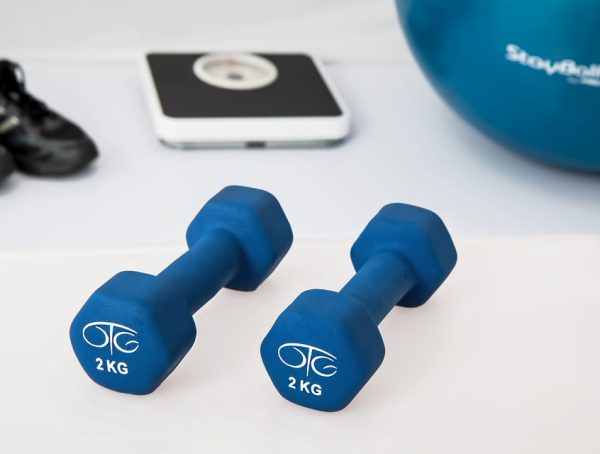As we age, it becomes increasingly important to exercise regularly to maintain our health and mobility. However, seniors may also face unique challenges and concerns when it comes to exercise. With proper precautions and awareness, seniors can exercise safely and improve their overall health and well-being. In this article, we’ll explore some tips and tricks for exercising safely as a senior, along with action-steps for readers to take.
1. Consult Your Doctor
Before starting any new exercise program, it’s important to consult with your doctor. Your doctor can help you determine what types of exercise are safe for you and identify any medical concerns that may need to be addressed. This is especially important if you have any chronic conditions, such as arthritis or heart disease, that may affect your ability to exercise.
2. Warm-Up and Cool Down
Before starting any exercise, be sure to warm up for at least 5-10 minutes with light cardio activity, such as walking or cycling, followed by some stretching. This helps prepare your body for exercise and reduces the risk of injury. Similarly, after exercise, be sure to cool down with some light stretching to help your muscles recover and reduce soreness.
3. Listen to Your Body
Be sure to pay close attention to any pain or discomfort you may experience during exercise. If you feel any sharp or sudden pain, stop exercising immediately and consult your doctor. In general, it’s important to start with low-impact exercises and gradually build up your strength and endurance over time.
4. Choose Low-Impact Exercises
Low-impact exercises, such as walking, cycling, swimming, and yoga, are generally safer for seniors than high-impact exercises, such as running or jumping. These exercises are easier on your joints and reduce the risk of injury. In addition, they provide cardiovascular and strength-training benefits.
5. Use Proper Equipment
When exercising, be sure to use proper equipment, such as supportive shoes and appropriate clothing. If you use exercise equipment, such as a treadmill or bike, be sure to follow the manufacturer’s instructions and use the equipment safely.
6. Stay Hydrated
When exercising, it’s important to stay hydrated to avoid dehydration. Drink water before, during, and after exercise to ensure that your body stays hydrated.
7. Don’t Overdo It
While it’s important to exercise regularly, it’s equally important not to overdo it. Be sure to listen to your body and not push yourself too hard. If you feel tired or fatigued, take a break and rest. In addition, be sure to incorporate rest days into your exercise routine to allow your body time to recover.
Action Steps:
1. Make an appointment with your doctor to discuss safe exercise options for your individual needs.
2. Set realistic exercise goals for yourself.
3. Choose low-impact exercises, such as walking or yoga, to start.
4. Use proper equipment, including supportive shoes and clothing.
5. Stay hydrated and take breaks when needed.
6. Incorporate rest days into your exercise routine.
If you’re interested in CBD to help alleviate any pain or inflammation you may experience during exercise, be sure to check out 1pureCBD.com for products.
Final Quote: “It’s never too late to start exercising and improving your health. With the right precautions and awareness, seniors can enjoy the benefits of exercise and feel their best.”
You might also like
More from Health and Fitness Tips and Advise for people 50+
RJ Mahvash Lavishes Praise On Yuzvendra Chahal Amid Dating Rumours, Calls Punjab Kings Player ‘Great, Most Caring Person’
Yuzvendra Chahal and RJ Mahvash have been rumoured to be dating shortly after the cricketer's divorce was finalised with …
Is being good with pets a green flag? Relationship expert shares how this may be the new love language
When you are on a dating app and swiping through profiles, have you come across one that …
Stebin Ben shuts down dating rumours with Nupur Sanon, says their bond is purely platonic: ‘Yes, I am single’ | Hindi Movie News
Singer Stebin Ben has officially addressed long-standing speculation about his relationship with Nupur Sanon, and fans hoping …

































